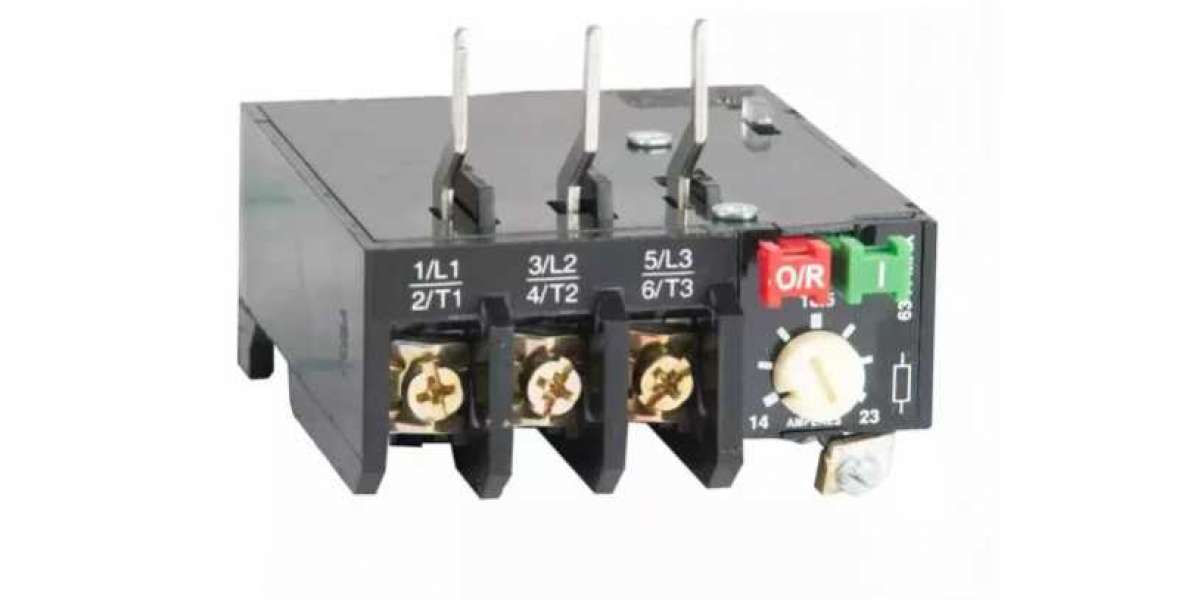Transformers are indispensable components in electrical power systems, responsible for stepping up or stepping down voltages for efficient transmission and distribution of electricity. However, the operation of transformers can be susceptible to various faults and abnormal conditions, which can lead to damage, downtime, and safety hazards.
This is where protection relays for transformers come into play, serving as vital guardians against potential faults. In this article, we'll delve into the importance of protection relays for transformers, exploring the role of these electrical protection devices in ensuring the safety, reliability, and efficiency of power systems.
Understanding Transformers and Their Vulnerabilities
Transformers are devices that transfer electrical energy from one circuit to another through electromagnetic induction. They are used to increase (step up) or decrease (step down) the voltage levels in power systems, enabling efficient transmission and distribution of electricity. However, transformers can be vulnerable to various faults and abnormal conditions, including:
1. Overloads:
When the transformer is subjected to excessive load currents beyond its rated capacity.
2. Short Circuits:
Sudden and direct paths of low resistance between the transformer windings, resulting in high fault currents.
3. Voltage Surges:
Sudden increases in voltage levels due to lightning strikes, switching operations, or other transient events.
4. Internal Faults:
Faults occurring within the transformer windings, such as winding shorts or insulation breakdowns.
The Role of Protection Relays for Transformers
Protection relays for transformers are specialized devices designed to detect and respond to abnormal conditions and faults within the transformer and its associated circuits. These relays act as the first line of defense, swiftly isolating the faulty section and preventing damage to the transformer and connected equipment. Here's why protection relays for transformers are essential:
1. Early Fault Detection:
- Continuous Monitoring: Protection relays constantly monitor the electrical parameters of the transformer, such as current, voltage, and temperature.
- Immediate Detection: When a fault or abnormal condition is detected, the relay responds instantly, ensuring quick isolation and protection.
2. Preventing Damage and Downtime:
- Isolation of Faults: Protection relays act to isolate the faulty section of the transformer or associated circuits, preventing the fault from spreading.
- Minimizing Damage: By swiftly disconnecting the affected area, relays help minimize damage to the transformer and connected equipment.
- Reducing Downtime: Timely fault isolation helps in reducing downtime and ensuring the continuity of power supply to critical loads.
3. Enhancing Safety:
- Protecting Personnel: By quickly disconnecting faulty sections, protection relays contribute to the safety of maintenance personnel and operators.
- Preventing Hazards: Isolating faults such as short circuits helps in preventing fire hazards and electrical accidents.
4. Improving System Reliability:
- Ensuring System Stability: Protection relays help in maintaining system stability by preventing cascading failures due to faults.
- Optimizing Performance: By ensuring the reliable operation of transformers, relays contribute to the overall performance and efficiency of power systems.
Types of Protection Relays for Transformers
1. Overcurrent Relays:
- Detecting Overloads: These relays monitor the current flowing through the transformer windings and trip the circuit if the current exceeds a predetermined threshold.
- Applications: Used for protection against overload conditions, phase faults, and short circuits.
2. Differential Relays:
- Detecting Winding Faults: Differential relays compare the currents entering and leaving the transformer windings. A difference in current indicates a fault within the transformer.
- Applications: Ideal for protecting against internal faults such as winding shorts or insulation failures.
3. Buchholz Relays:
- Detecting Oil and Gas Faults: Installed in the oil-filled transformer tanks, Buchholz relays detect abnormal conditions such as oil leaks, gas accumulation, or arcing.
- Applications: Used for early detection of transformer oil leaks, core insulation breakdowns, and incipient faults.
4. Temperature Relays:
- Monitoring Temperature: These relays measure the temperature of transformer windings or oil, tripping the circuit if temperatures rise above safe levels.
- Applications: Vital for preventing thermal damage due to overloading or abnormal operating conditions.
Read Also - What Is A Thermal Overload Relay?Types And Use Cases
Conclusion: Ensuring Transformer Reliability and Safety
Protection relays for transformers are indispensable guardians of electrical systems, ensuring the reliability, safety, and efficiency of transformer operations. These specialized devices play a vital role in the early detection of faults, preventing damage, minimizing downtime, and enhancing system stability. From detecting overloads and short circuits to identifying internal faults and abnormal conditions, protection relays act swiftly to isolate the affected sections and safeguard the transformer and connected equipment.
Whether in industrial plants, power substations, or commercial facilities, the proper selection and installation of protection relays for transformers are crucial for optimal performance and longevity of electrical systems. By investing in reliable and advanced protection relays, operators and engineers can rest assured that their transformers are well-guarded against potential faults and hazards.



